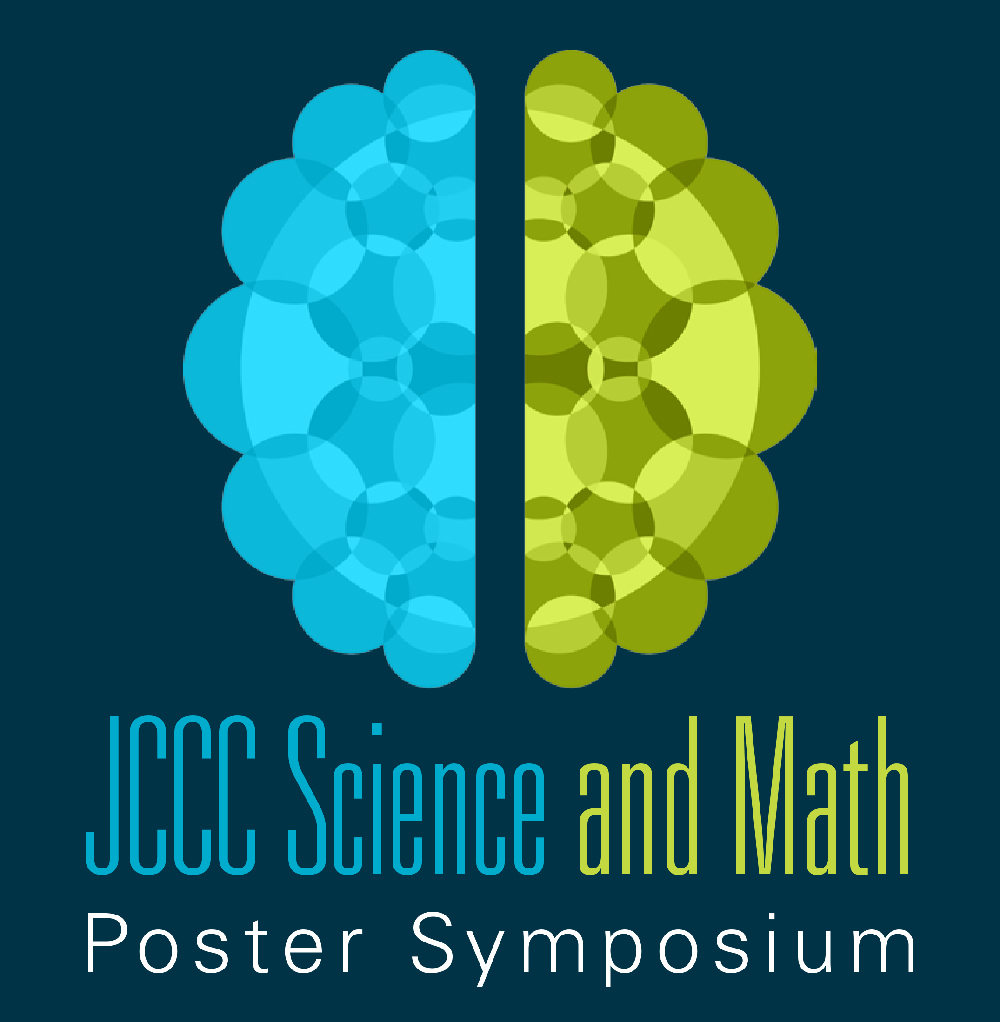The search for a bacterial candidate
Location
CoLab
Start Date
3-5-2019 9:00 AM
End Date
3-5-2019 10:15 AM
Document Type
Poster
Description
Antibiotic resistance was accounted for to happen when medication loses its capacity to hinder bacterial development viably. Microorganisms become 'resistant' and keep on duplicating within the sight of restorative dimensions of the antibiotics. This primary experiment done was by harvesting the bacteria for potential candidates to find a new antibiotic medication. . There were two different soil samples that were obtained and used for this bacterial experiment of finding potential bacterial candidates. There was the JCCC Com Soil and M.Beaty Olathe Backyard soil. The JCCC Com Soil produced one potential candidate and the M.Beaty Olathe backyard soil produced seven potential candidates for the master plate that was created. The eight potential candidates were then tested against the ESKAPE relatives and none of the potential candidates showed signs of inhibition. Since the experiment was unsuccessful, I will be identifying a different candidate that does show signs of activity and inhibition against the ESKAPE relative pathogens.
Image
The search for a bacterial candidate
CoLab
Antibiotic resistance was accounted for to happen when medication loses its capacity to hinder bacterial development viably. Microorganisms become 'resistant' and keep on duplicating within the sight of restorative dimensions of the antibiotics. This primary experiment done was by harvesting the bacteria for potential candidates to find a new antibiotic medication. . There were two different soil samples that were obtained and used for this bacterial experiment of finding potential bacterial candidates. There was the JCCC Com Soil and M.Beaty Olathe Backyard soil. The JCCC Com Soil produced one potential candidate and the M.Beaty Olathe backyard soil produced seven potential candidates for the master plate that was created. The eight potential candidates were then tested against the ESKAPE relatives and none of the potential candidates showed signs of inhibition. Since the experiment was unsuccessful, I will be identifying a different candidate that does show signs of activity and inhibition against the ESKAPE relative pathogens.


Comments
The faculty supervisor for this project was Heather Seitz, Biology.